Chemical vs. Natural Solutions for Dandruff: Which Works Better?
| Estimated Reading Time: 5 minutes |
If dandruff had an Instagram bio, it would definitely say, “Unbothered. Persistent. Won’t Leave Your Scalp Alone.” Whether you change shampoos or oil your scalp as if you’re about to deep-fry something, or even religiously Google things like “does neem oil work for dandruff?” at 2 in the morning, it still finds a way to come back.

And honestly, this is where most of us get stuck: between fast fixes and the slow healers. On one hand, chemical shampoos promise visible results in just a few washes, while on the other hand, natural solutions like neem oil and tea tree oil promise to address and heal the scalp’s issue from within.
Table of Contents: |
But which does your scalp actually need? Quick modern science or calm Ayurvedic wisdom. In this blog, we decode what’s really inside those bottles and which one you should be taking home to win against the flakes.
The Natural Route: Neem, Tea Tree Oil & Bhringraj
Think of nature as your mom or grandma; it always has an answer for everything (no wonder we call it “Mother Nature”), including scalp problems that seem impossible to solve.
The good news? Natural dandruff remedies aim to heal the entire scalp environment itself as opposed to just targeting the flakes.
Neem Oil: The all-rounder oil in Ayurveda worshipped for its healing properties.
Scientific Reason: Neem oil is derived from the seeds of Azadirachta indica trees. It contains active ingredients like nimbidin, azadirachtin, and nimbin that contain compounds which are antifungal, antibacterial, and anti-inflammatory. Since dandruff is often caused by the fungal Malassezia, neem's antifungal property not only suppresses its growth but also soothes scalp irritation.
How It Works:
- It controls sebum (oil) production and prevents fungal accumulation
- It reduces itchiness and inflammation
- It makes your scalp barrier stronger so that dandruff does not recur
Usage: Mix neem oil with coconut or sesame oil and apply to your scalp weekly. Keep it on for 30 minutes before shampooing. For optimum benefits, use Ayurvedic products available in the market since they combine neem with other herbs such as bhringraj or amla.
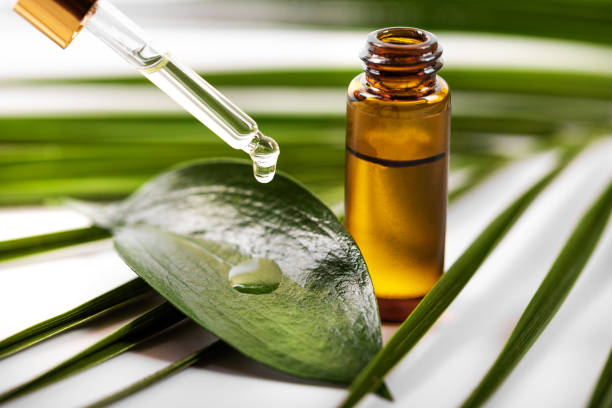
2. Tea Tree Oil, aka the oil that holds celebrity status in the hair care world.
Scientific Explanation: Tea tree oil is derived from Melaleuca alternifolia leaves. The terpinen-4-ol is the primary compound that gives it strong antimicrobial as well as anti-inflammatory activity. Studies show that even 5% tea tree oil shampoo can remarkably decrease dandruff severity, itchiness, and greasiness in just a matter of weeks.
Why It Works:
- It eliminates the fungus that causes dandruff without robbing the scalp of its natural oils
- It reduces redness and flaking
- It calms and revives the scalp after cleansing.
How to Use: Either mix a few drops of tea tree oil in your shampoo or use a product that already contains it. Be careful to use the diluted version, as applying it full-strength can prove to be irritating to sensitive scalps.

3. Bhringraj or the "King of Hair Herbs" not only treats dandruff but also stops hair loss.
Scientific Reason: Bhringraj contains high levels of wedelolactone and demethylwedelolactone, which increase blood supply to the scalp, suppress microbial activity, and nourish hair follicles. Though it is not an antifungal in itself, its capacity to regenerate scalp tissues facilitates a healthy scalp environment wherein dandruff cannot exist.
Why It Works:
- It strengthens roots and balances scalp’s moisture levels
- It enhances nutrient delivery to the hair follicles
- It works collectively with neem oil and tea tree oil for dandruff. When blended together, they make a powerful Ayurvedic anti-dandruff trio that heals both the cause and the symptoms.
The Chemical Route: Common Active Ingredients in Anti-Dandruff Products
Before you start being biased and think of chemical products as pure evil, you must understand that not all chemical ingredients are bad. Some of them are quite effective and are clinically proven to get rid of dandruff quickly. Here are the independent players you’ll usually find in medicated shampoos:
1. Zinc Pyrithione (ZPT): ZPT is a very common ingredient in anti-dandruff shampoos. How it works: It interferes with the membrane of Malassezia fungus, suppressing its growth. It also soothes inflammation on the scalp.
Pros: Quick results and apparent decrease in flakes within a week.
Cons: Dries out the scalp too much or leads to addiction when dandruff recurs as soon as you stop using the shampoo.
2. Ketoconazole: This is an antifungal broad spectrum agent used in most prescription shampoos.
How it works: It inhibits fungal growth at the cell level by preventing the synthesis of ergosterol, a critical part of fungal membranes.
Pros: Very effective for serious dandruff or seborrhoeic dermatitis.
Cons: Can result in dryness, irritation, or hair texture alteration with continued use.
3. Salicylic Acid: A beta hydroxy acid (BHA) that is utilised to remove dead skin cells and to open up scalp pores.
How it works: It dissolves the layer of flakes, allowing the scalp to breathe and antifungal agents to pass through more easily.
Pros: Suitable for oily or flaky scalps.
Cons: May end up drying and irritating the scalp if used excessively.
4. Selenium Sulphide: A more potent antifungal agent used in medicated shampoos.
How it works: It slows down cell turnover rate, controlling excessive flaking.
Pros: Acts quickly against severe dandruff.
Cons: Can produce discolouration or residue formation with prolonged use.

Side-by-Side Comparison: Natural vs Chemical Solutions
|
Aspect |
Natural Ingredients (Neem, Tea Tree, Bhringraj) |
Chemical Ingredients (ZPT, Ketoconazole, etc.) |
|
Primary Function |
Restore scalp balance and control fungal growth |
Target and kill fungus directly |
|
Speed of Results |
Gradual but long-term improvement |
Fast, visible results within a few uses |
|
Scalp Health Impact |
Nourishes and strengthens scalp barrier |
Can cause dryness or dependency |
|
Side Effects |
Rare, unless allergic |
Possible irritation or dryness |
|
Sustainability |
Eco-friendly, biodegradable |
Synthetic, less sustainable |
|
Best For |
Mild to moderate dandruff, sensitive scalp |
Severe or chronic dandruff cases |
|
Maintenance |
Can be used regularly |
Best used in short cycles |
Essentially, chemical shampoos provide solutions that are temporary solutions, whereas natural remedies provide a more comprehensive, long-term healing.
Ayurveda's Take: Nature Over Nurture
Ayurveda does not approach dandruff as a simple fungal problem; it treats it as a sign of imbalance within, usually with irritated Vata and Kapha doshas.
Ayurvedic Insight:
- Vata-type dandruff: Flaky, itchy dry scalp with fine white flakes.
- Kapha-type dandruff: Greasy scalp with yellow flakes.
To treat these doshas, Ayurveda recommends using herbs such as neem (to treat Kapha imbalance) and bhringraj (to treat Vata imbalance), in combination with detoxifying oils and dietary changes.
Ayurvedic treatments cure the root cause of the problem, like indigestion, tension, or toxin buildup (ama), rather than suppressing the symptoms.
Modern science affirms this as well: most natural oils enhance microbial diversity on the scalp, which protects from chronic dandruff without the use of toxic ingredients.

So, Which Works Better?
Here’s the honest truth: both have their place.
If severe, recurring dandruff is what you’re dealing with a short course of a ketoconazole-based shampoo prescribed by a dermatologist can provide relief. But for maintenance, prevention, and overall scalp health, nothing beats natural oils.
Daily application of neem oil for dandruff, along with a healthy scalp-care regimen (such as weekly oiling and gentle herbal shampoo), gives you the best of both worlds: a clean scalp, stronger hair, and zero side effects.
Conclusion
In the chemical vs natural debate, the winner depends on what you’re looking for:
- Quick fix? Go chemical (for now)
- Long-lasting scalp health? Go natural
But ask Ayurveda, and it will always say the same thing: "The cure lies in balance." A healthy scalp doesn't mean killing fungus; it means bringing back balance. So the next time flakes appear, don't go straight for that harsh medicated shampoo. Try beginning with neem, tea tree, and bhringraj, and let nature heal you slowly but the right way.
Recommended Products by Blue Nectar
Briganantadi Shikakai Anti-Dandruff Shampoo for Men and Women(26 Herbs)
Briganantadi Tea Tree Anti Dandruff Oil for Hair | Clean & Healthy Scalp
Related Articles
5 hair Benefits of using Bhringraj Oil for Hair Growth
The Power of Ayurvedic Shampoos and Why They’re Different
Foods That Trigger Dandruff vs Foods That Fight It
From Hormones to Doshas: Understanding Dandruff the Ayurvedic Way
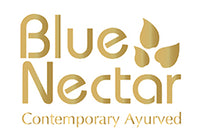

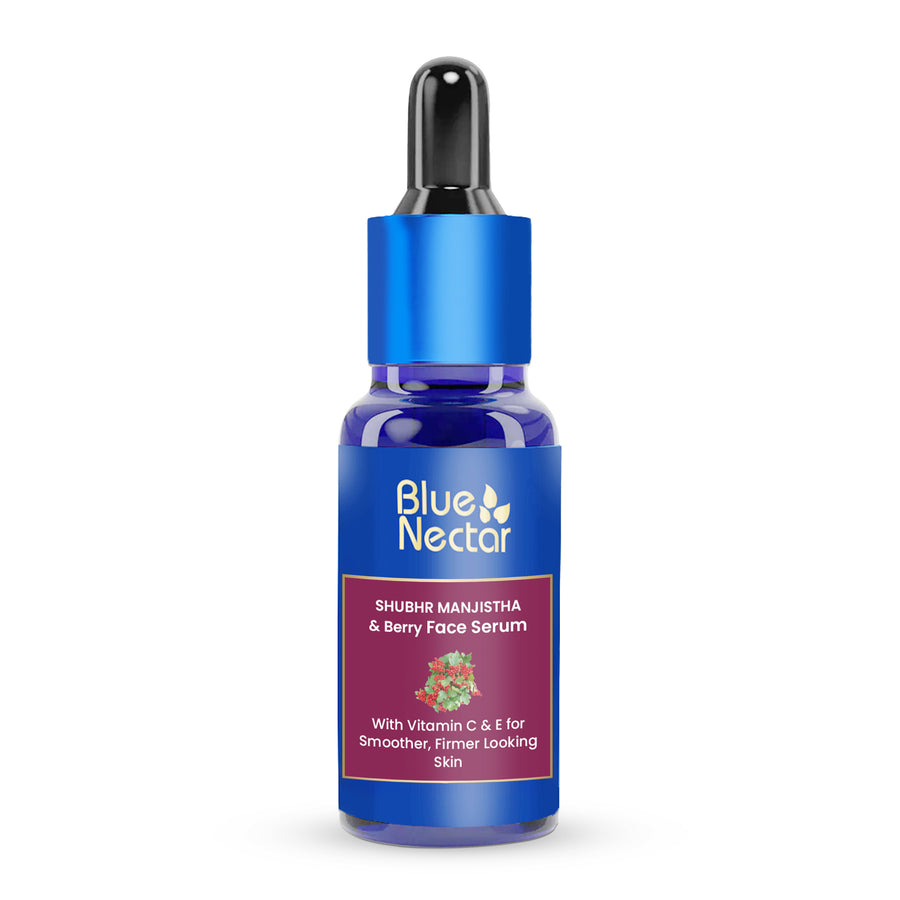
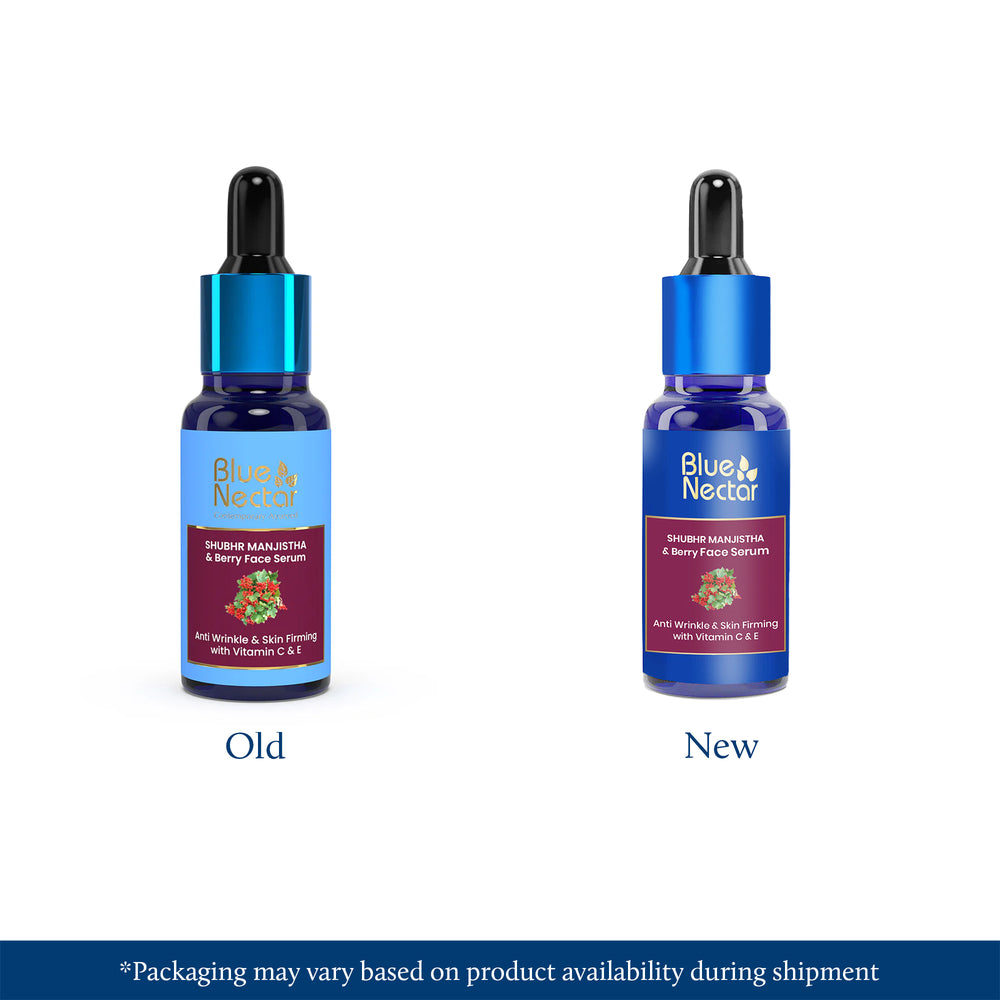
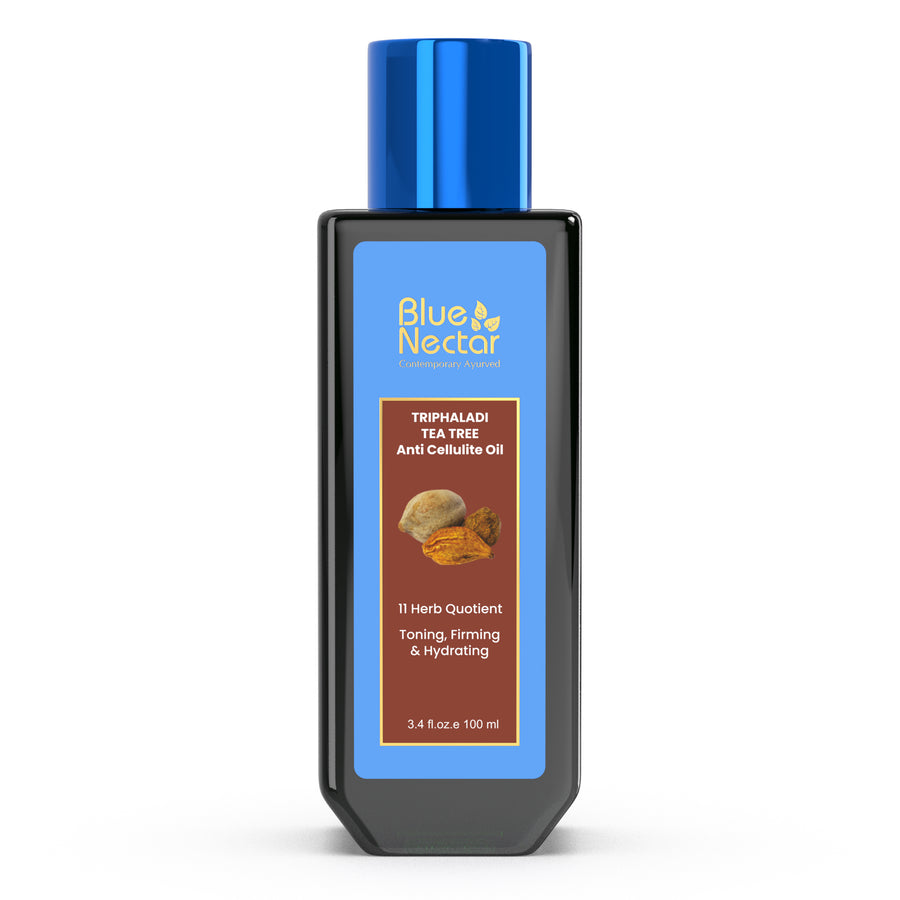
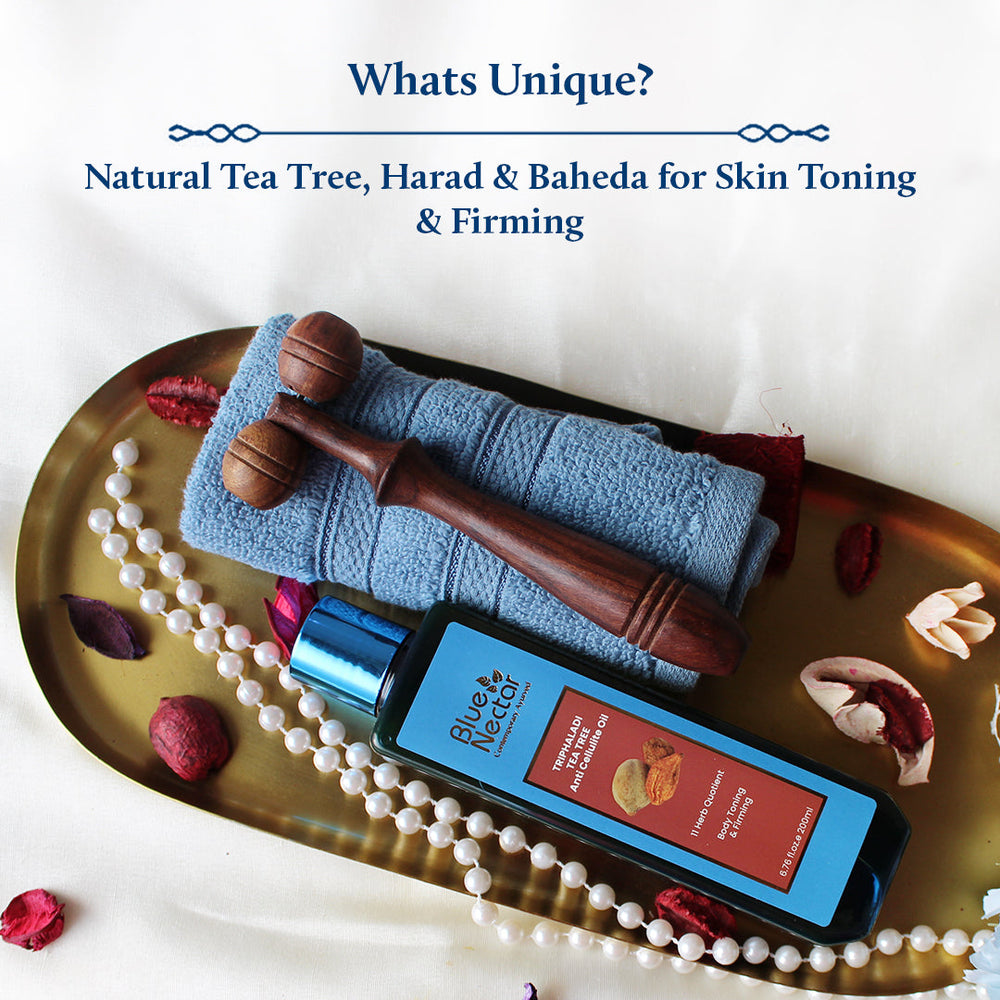
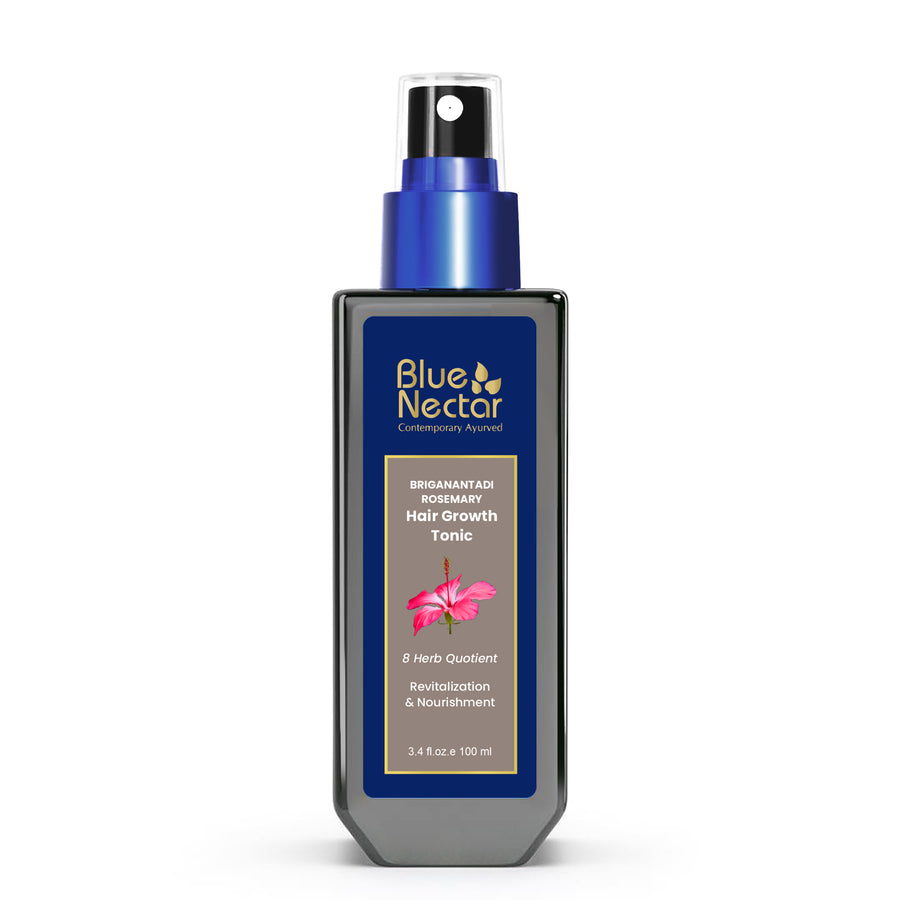
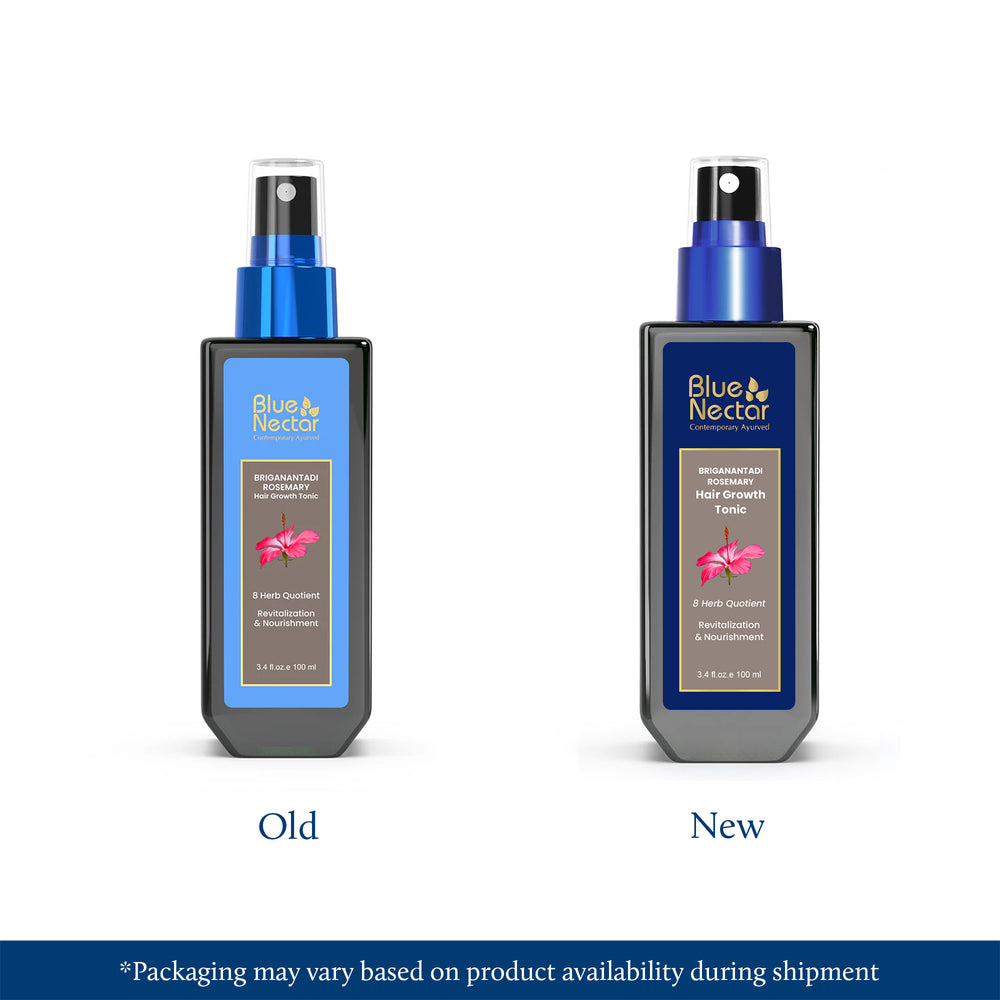
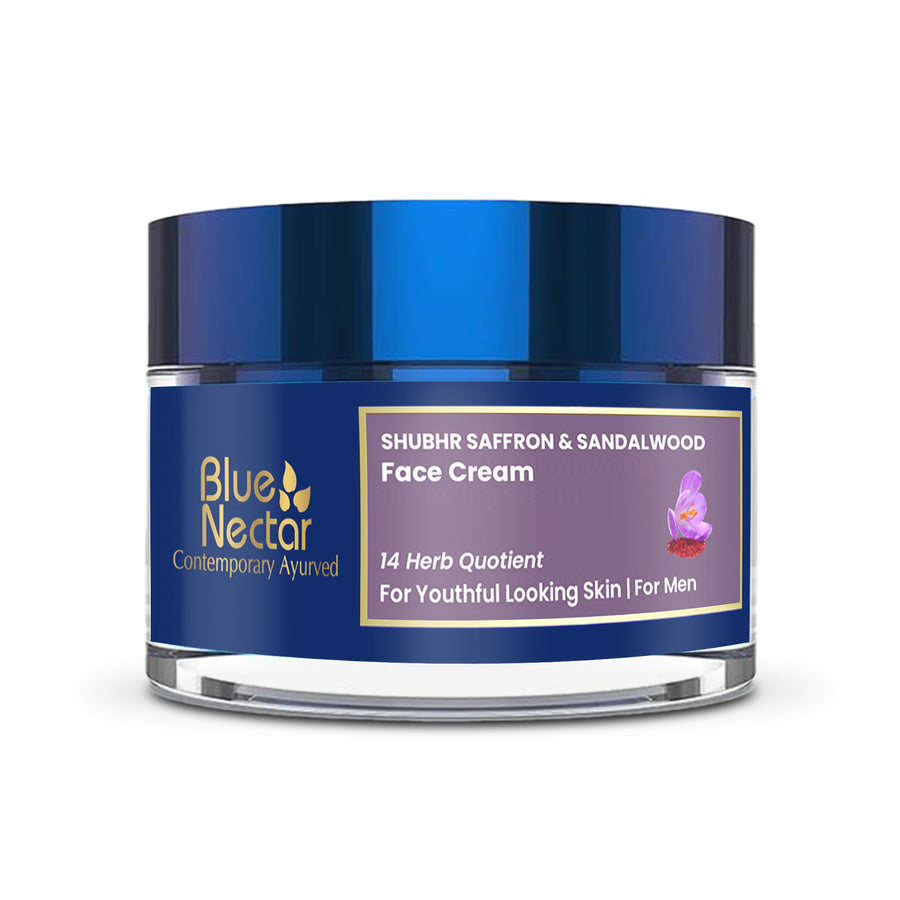
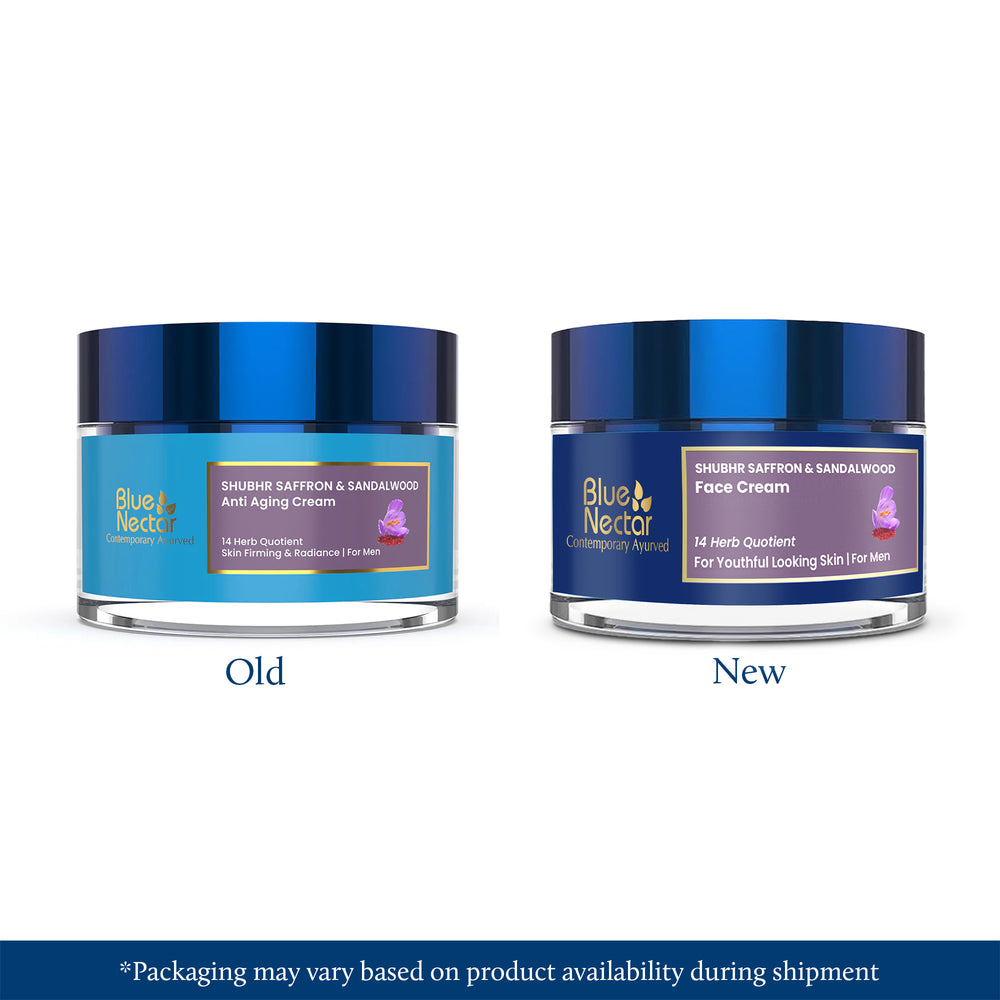
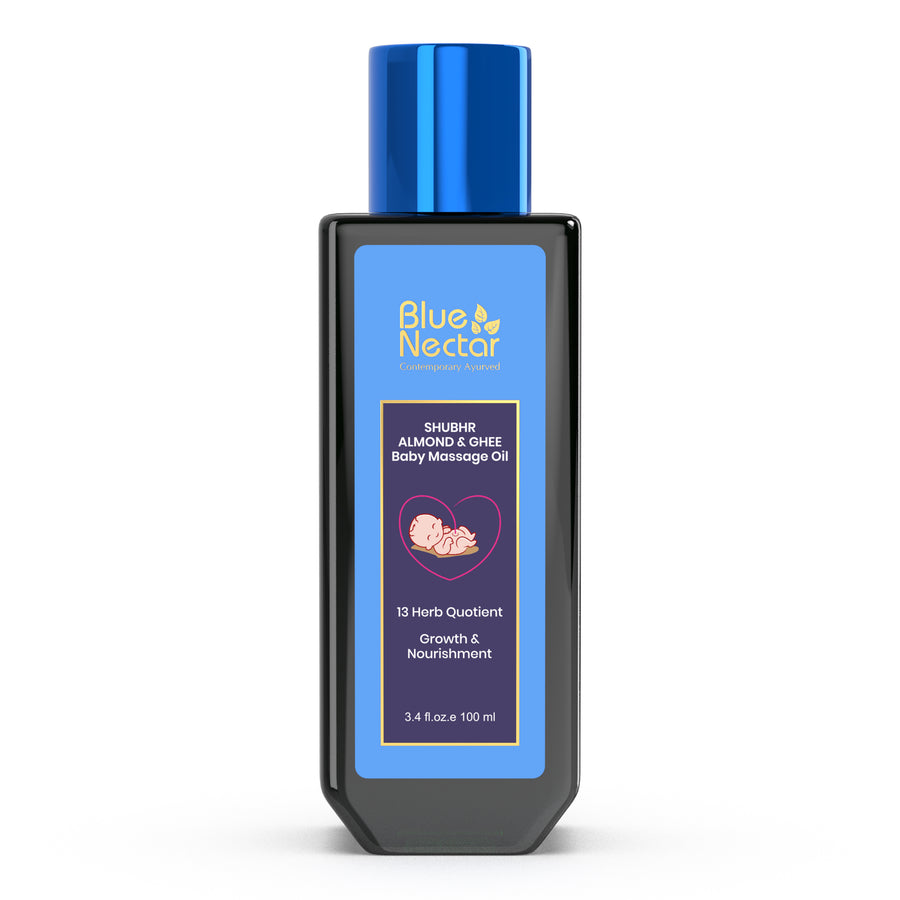
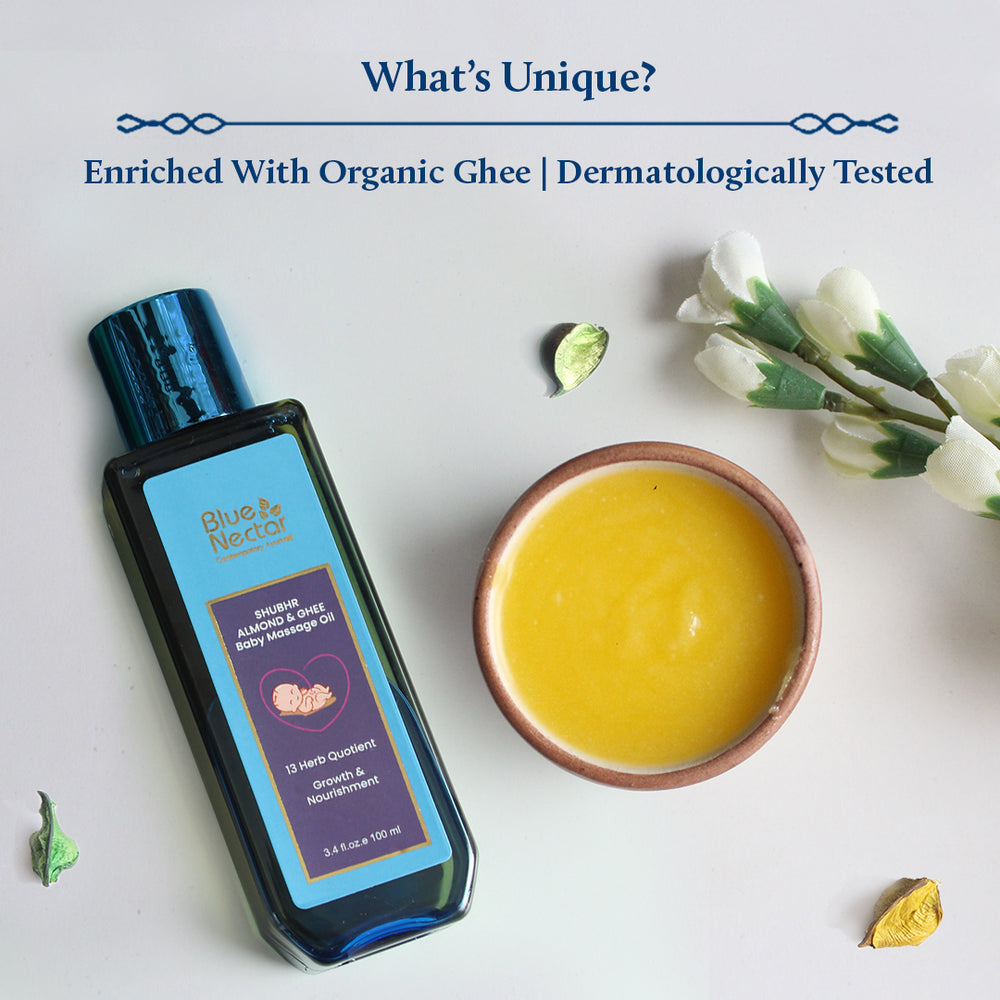
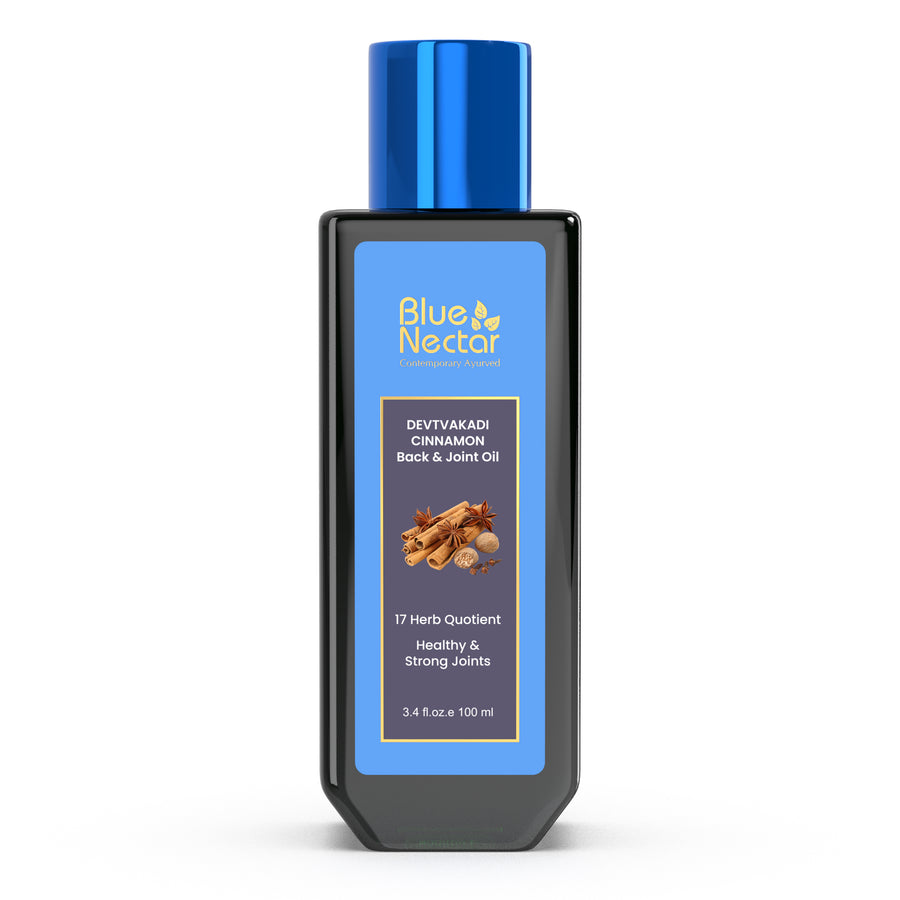
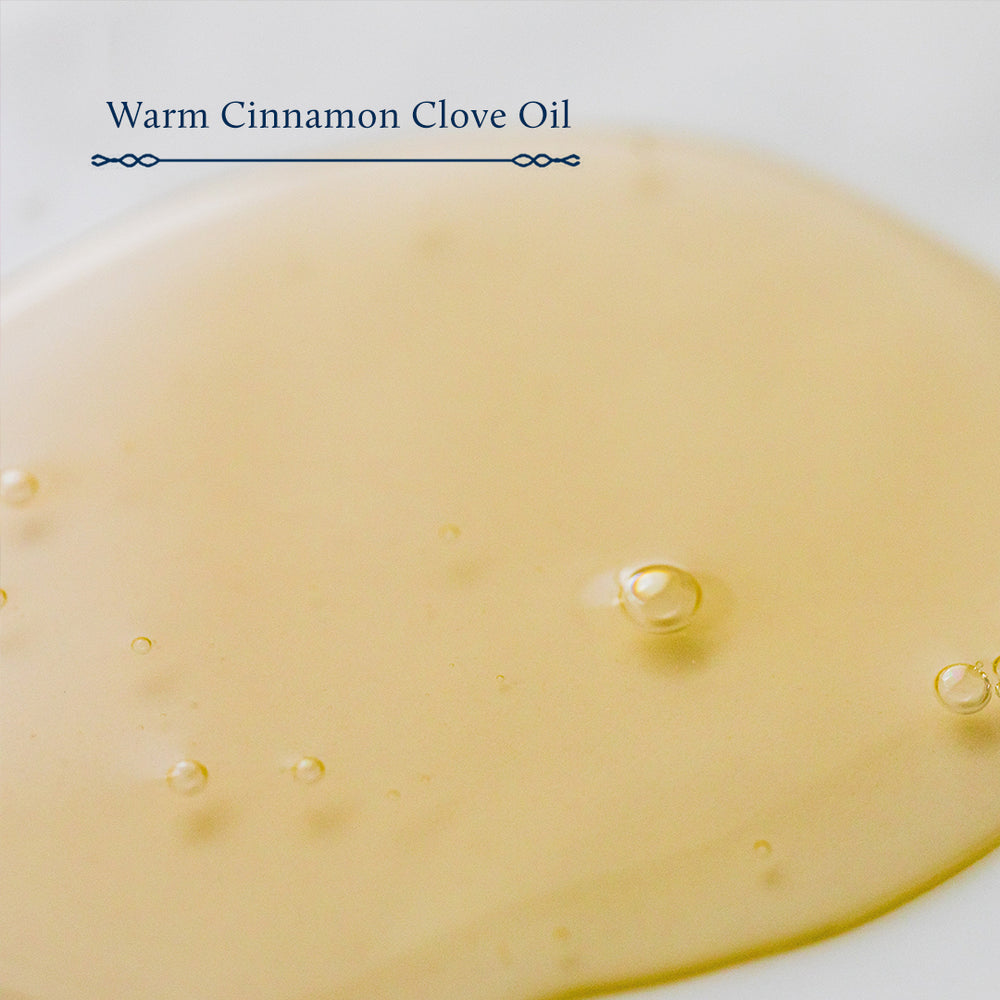


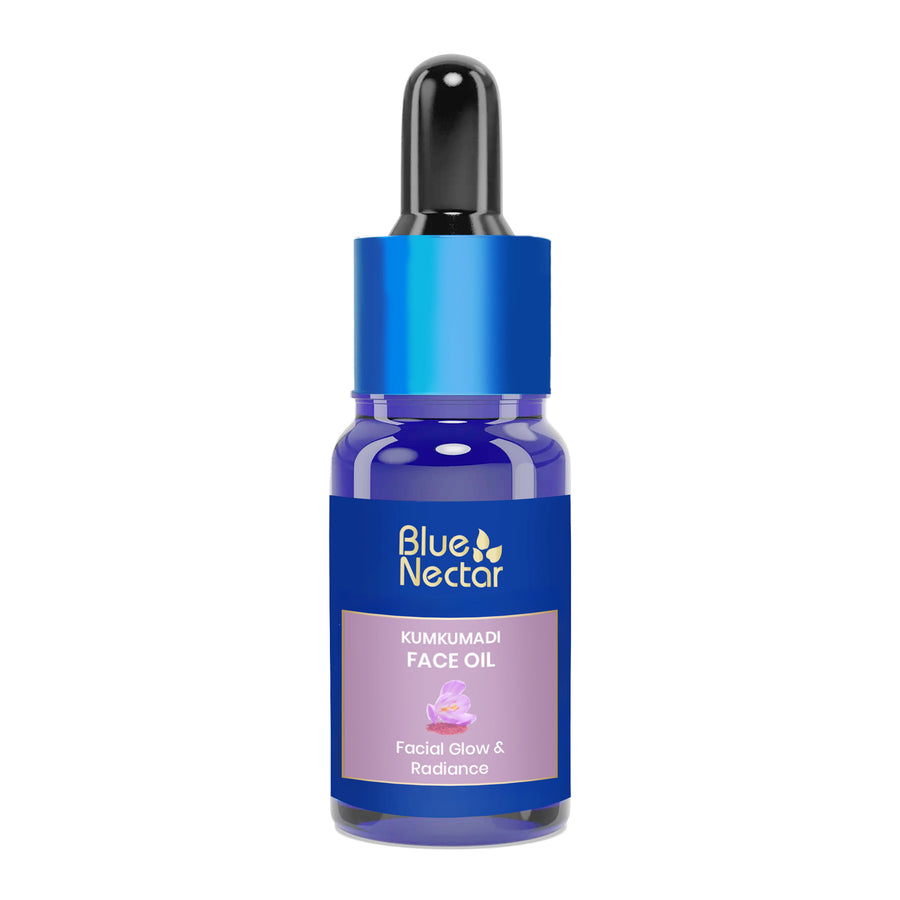
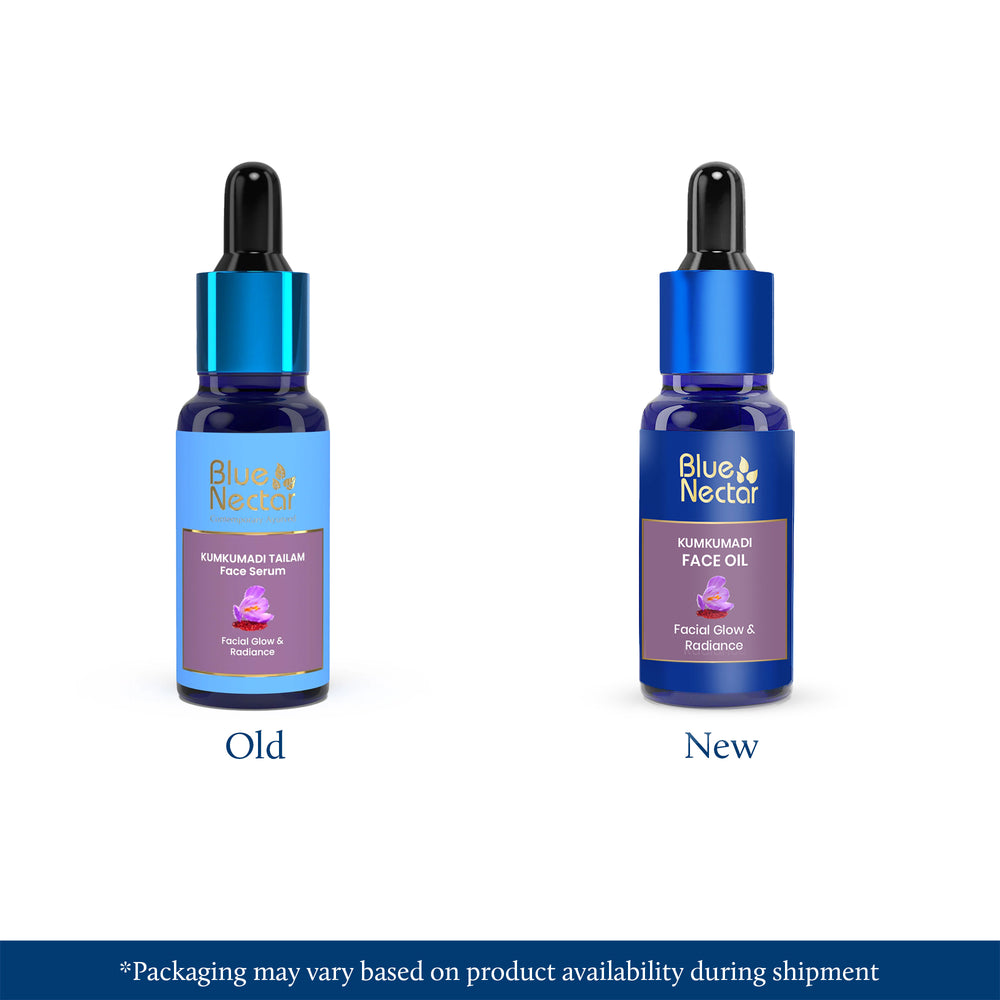
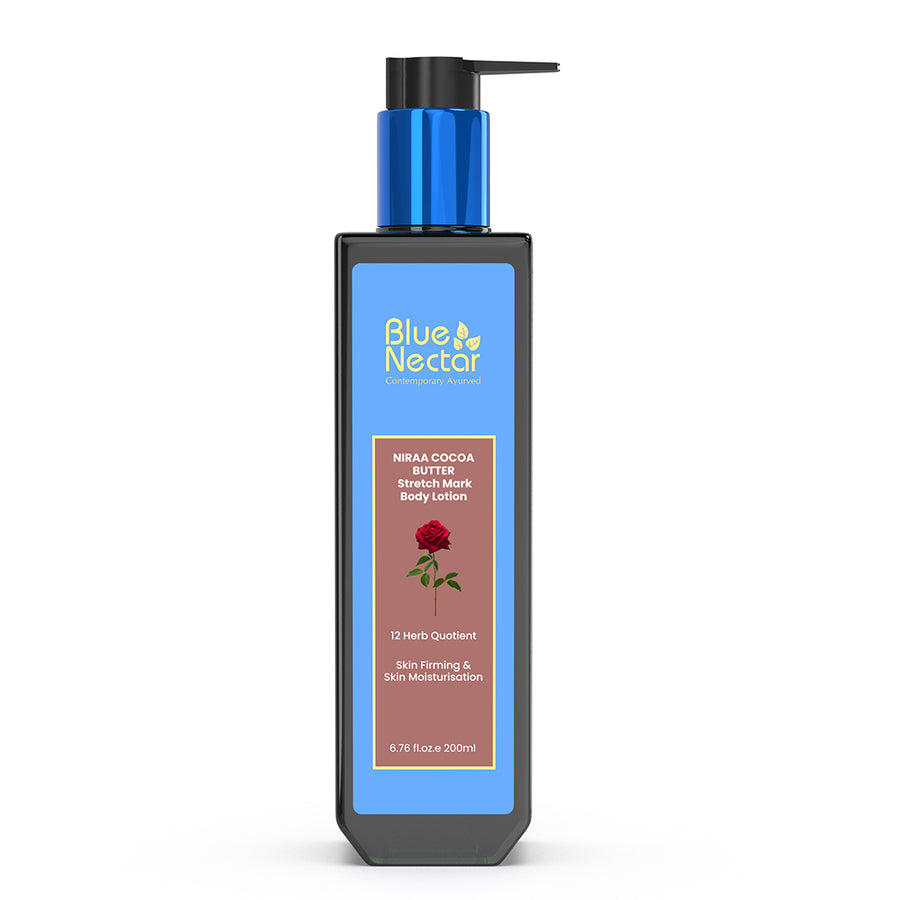
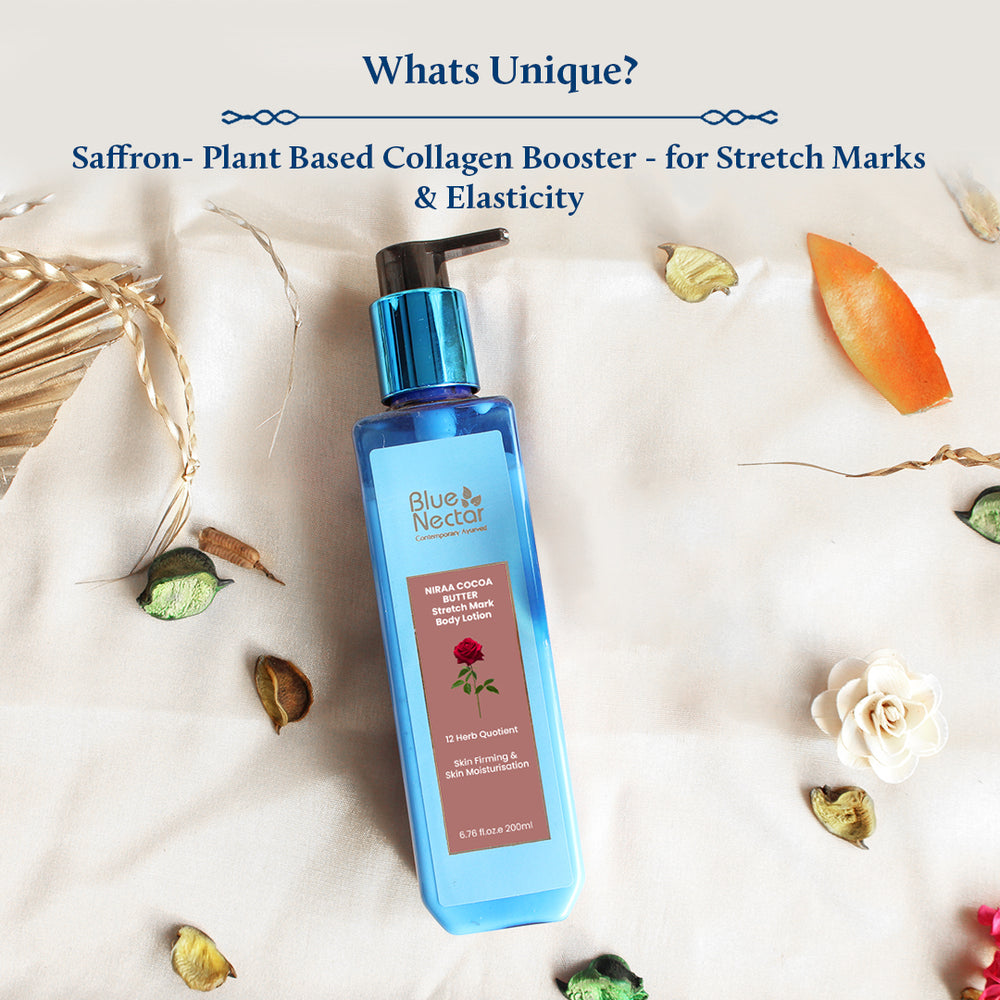
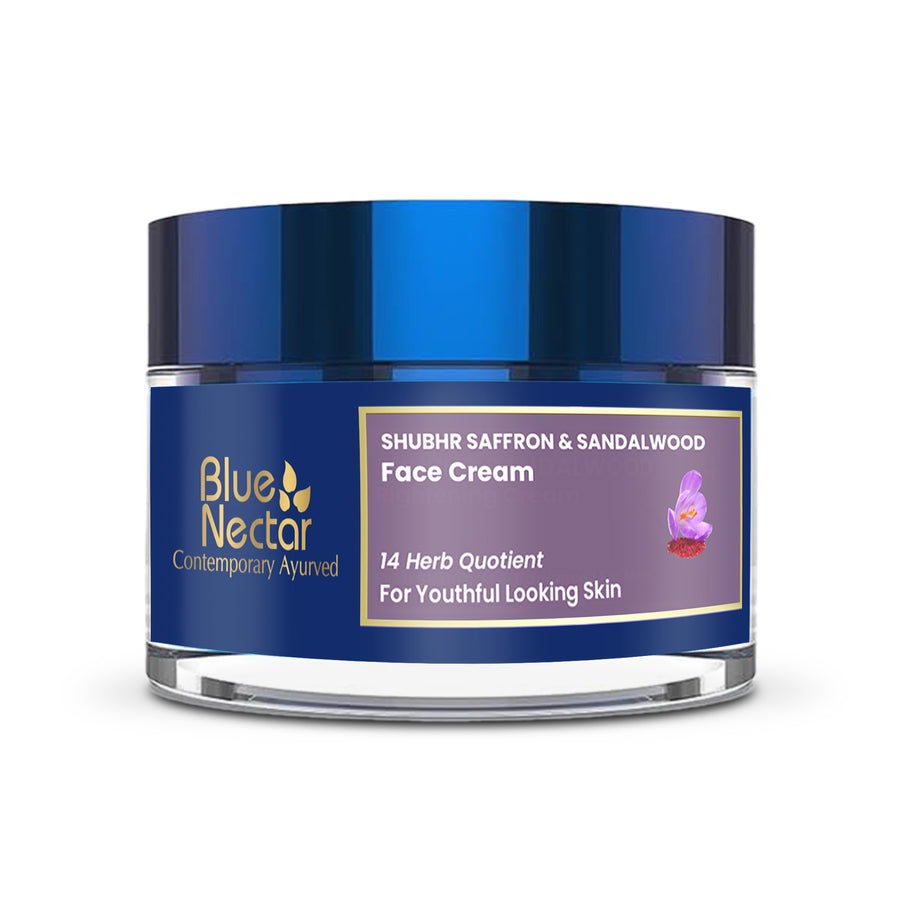
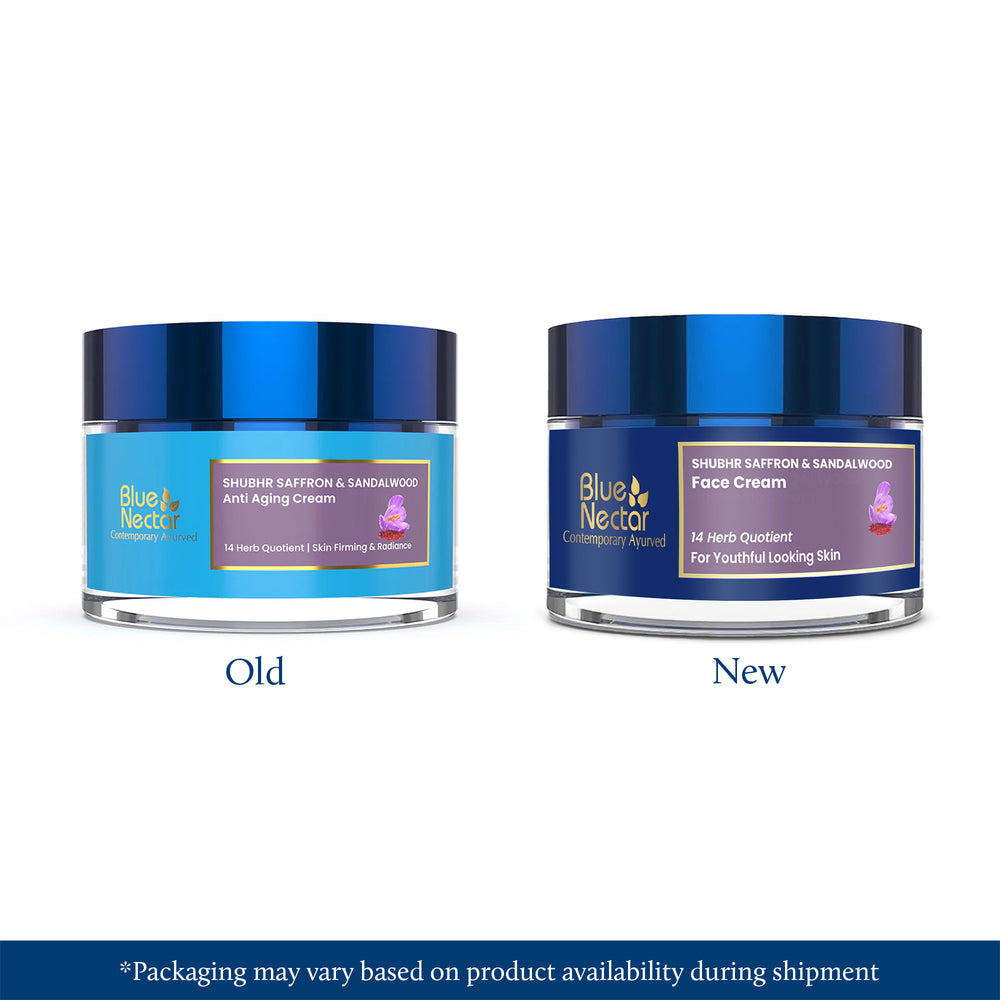
Leave a comment